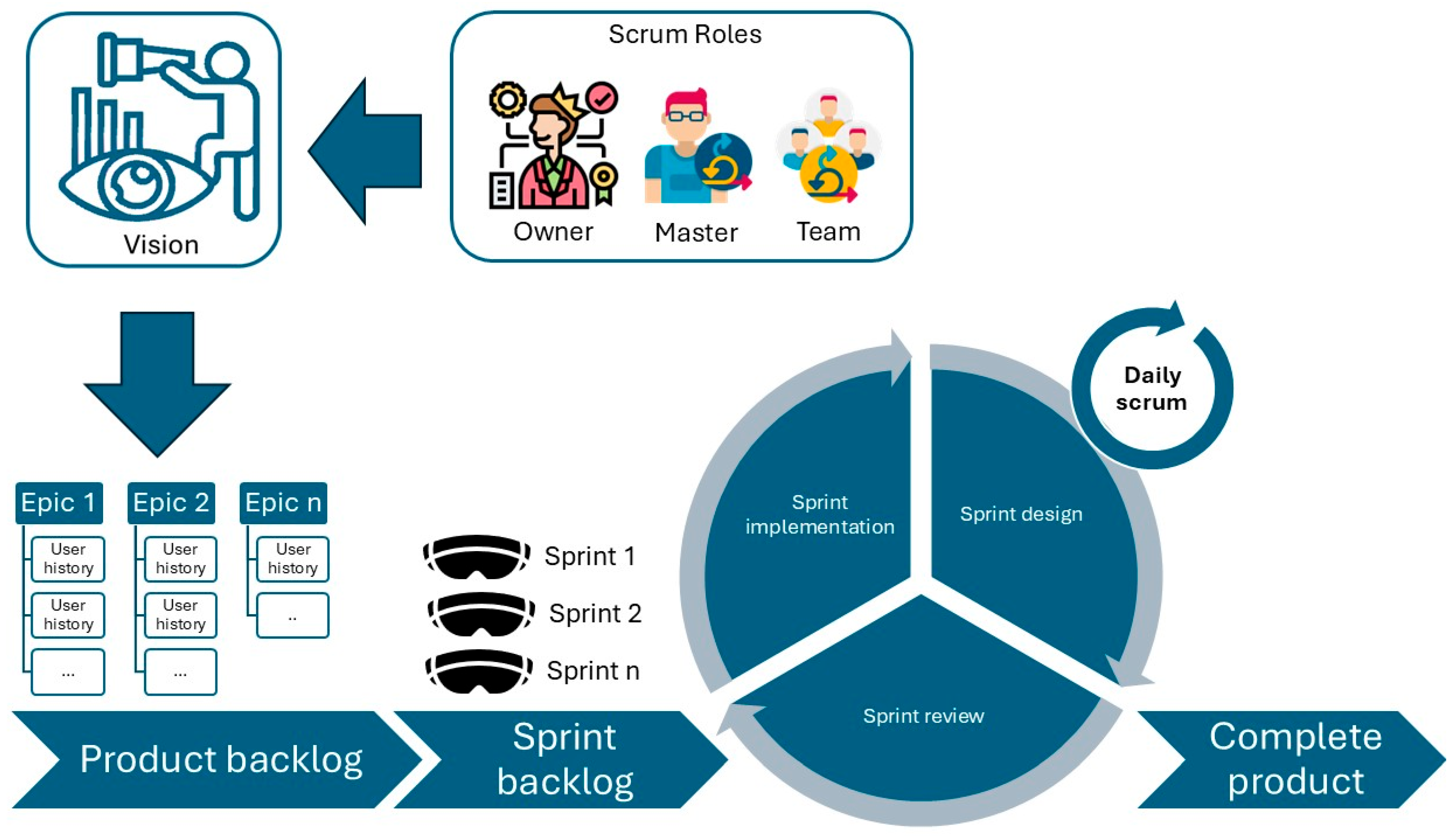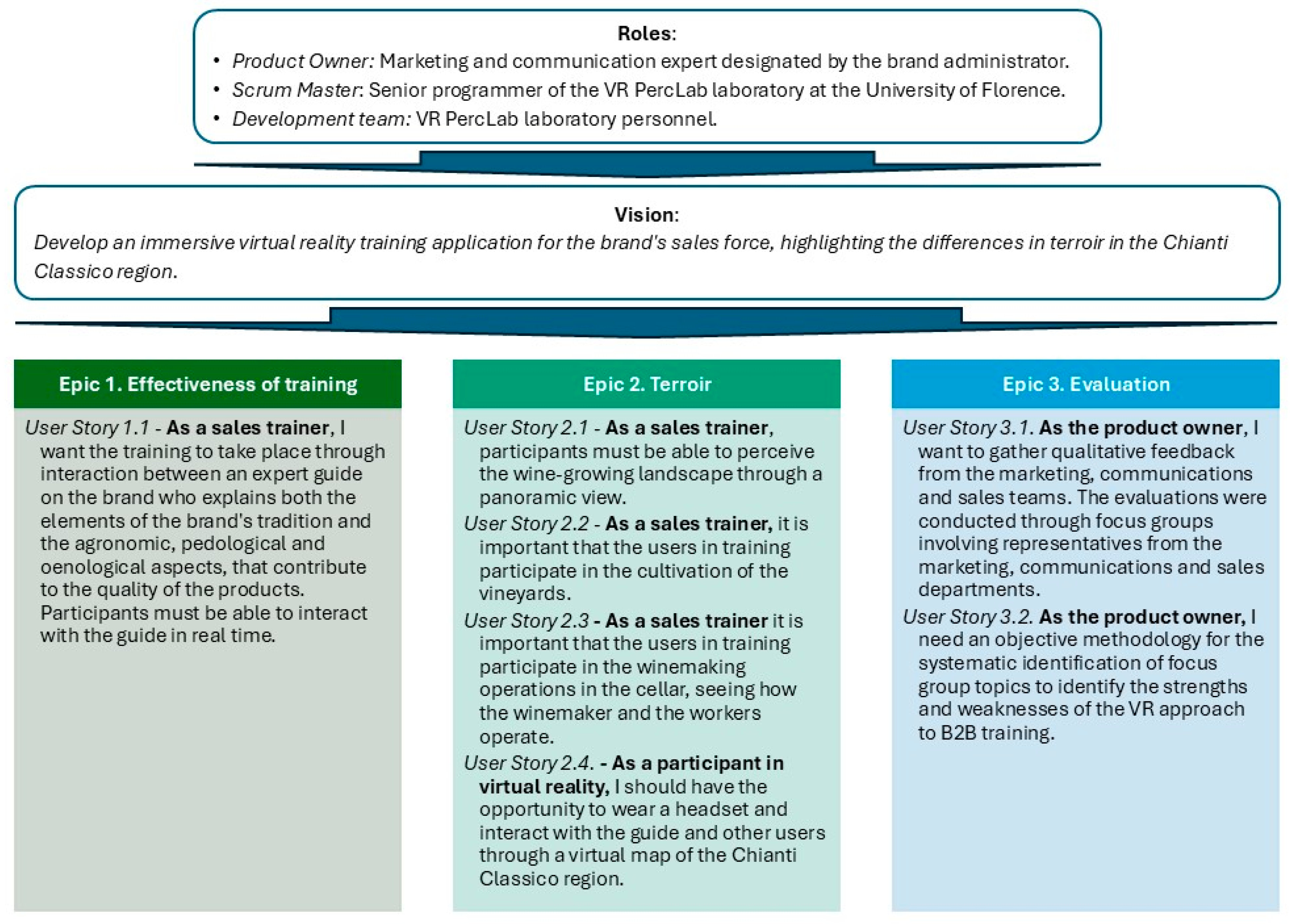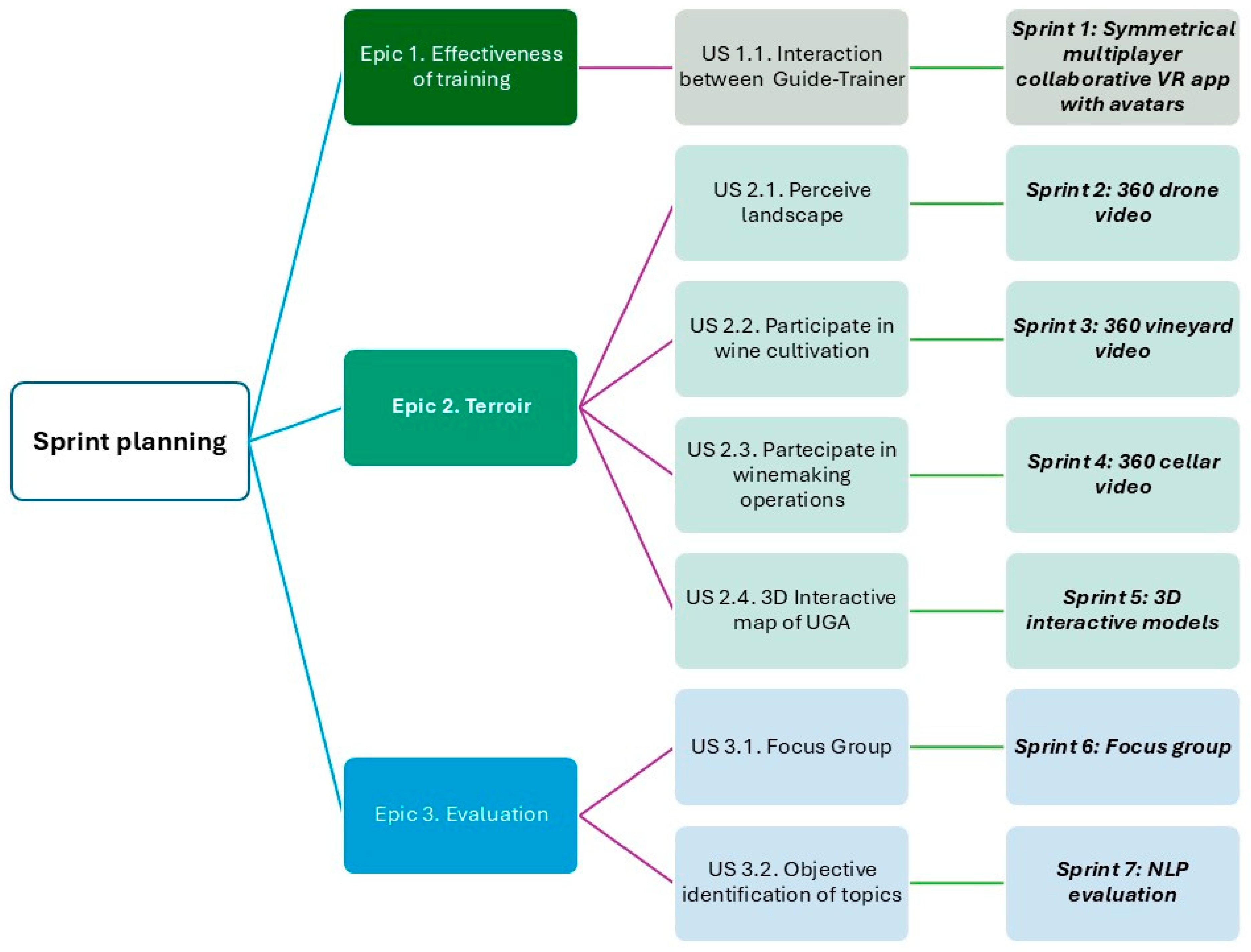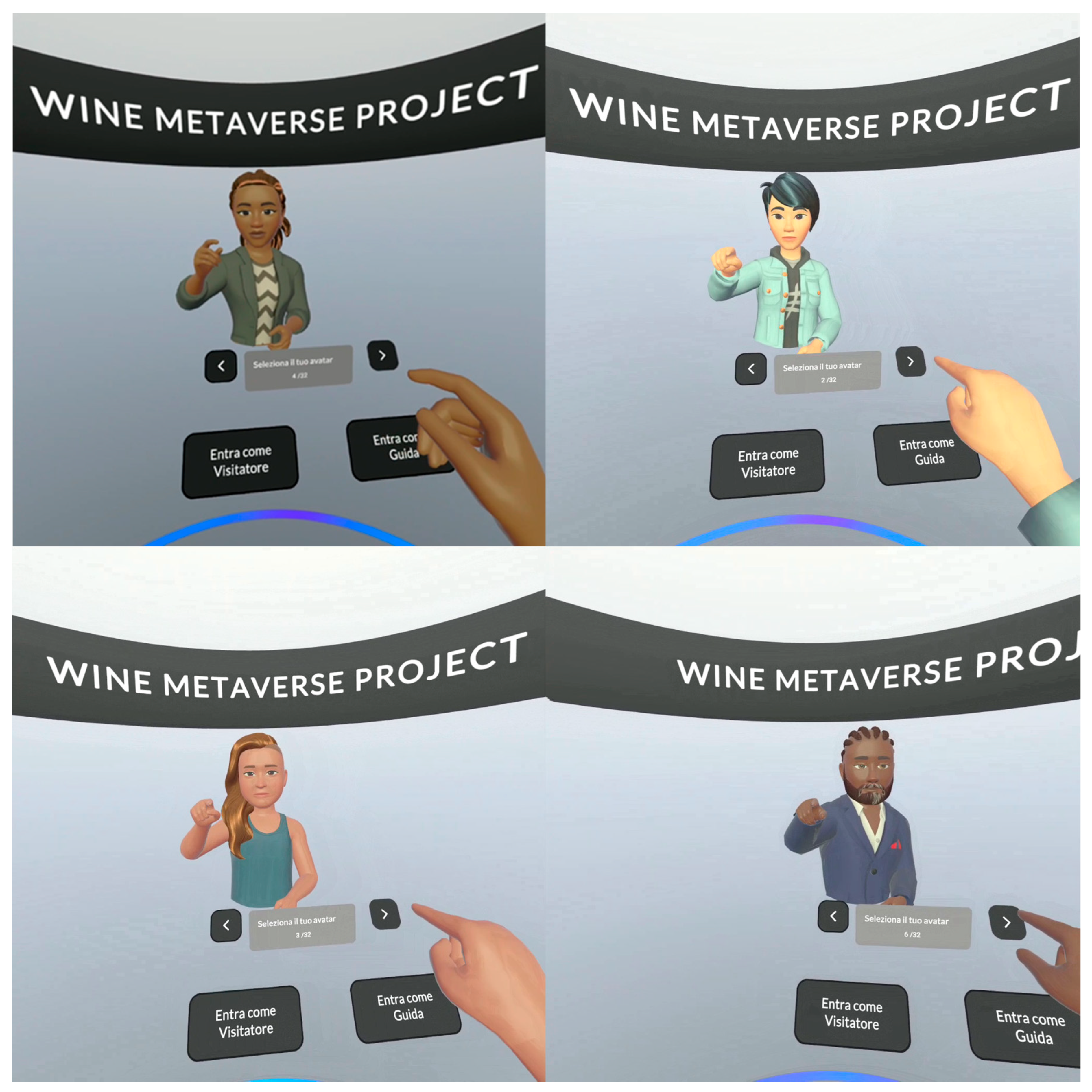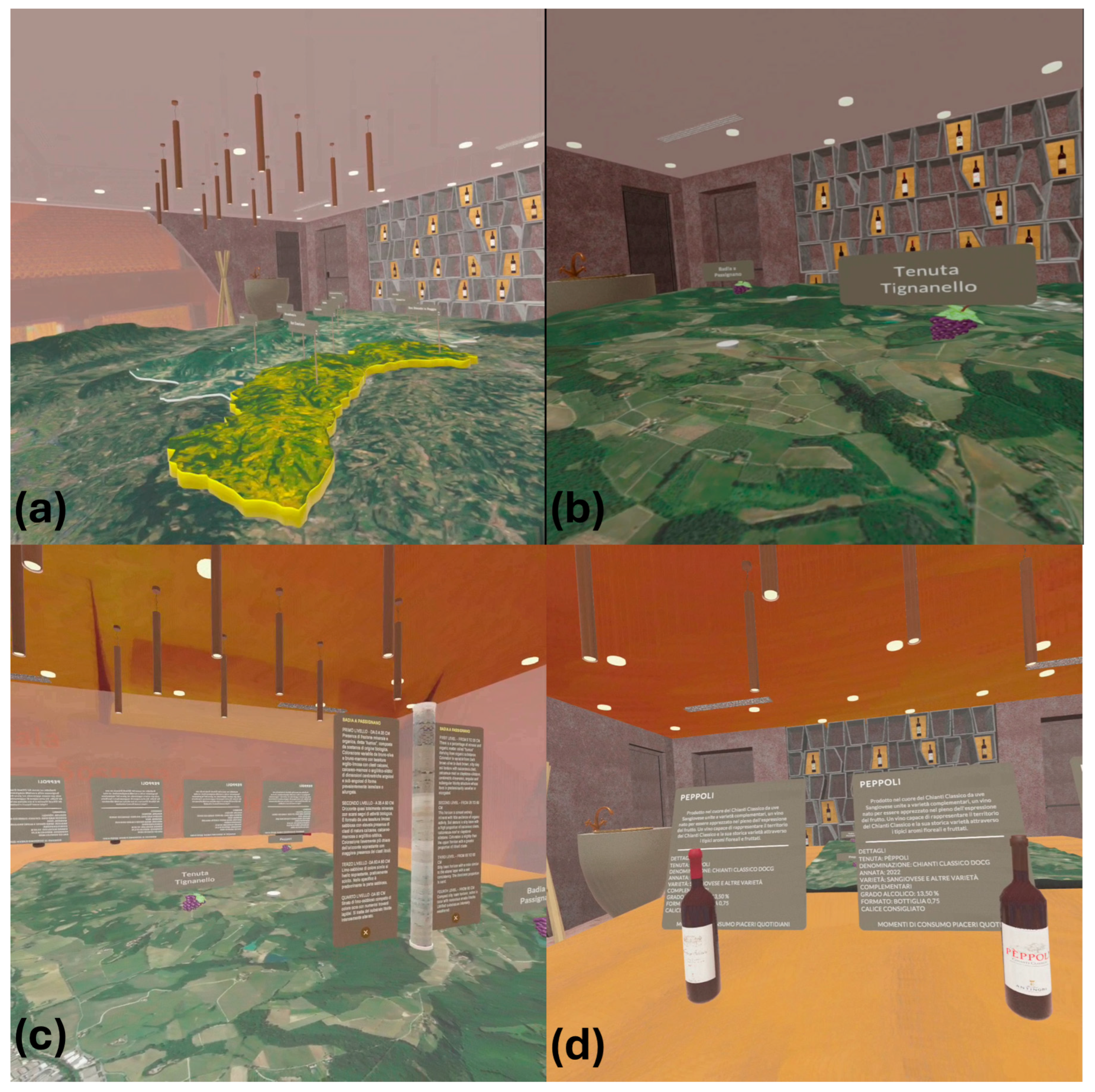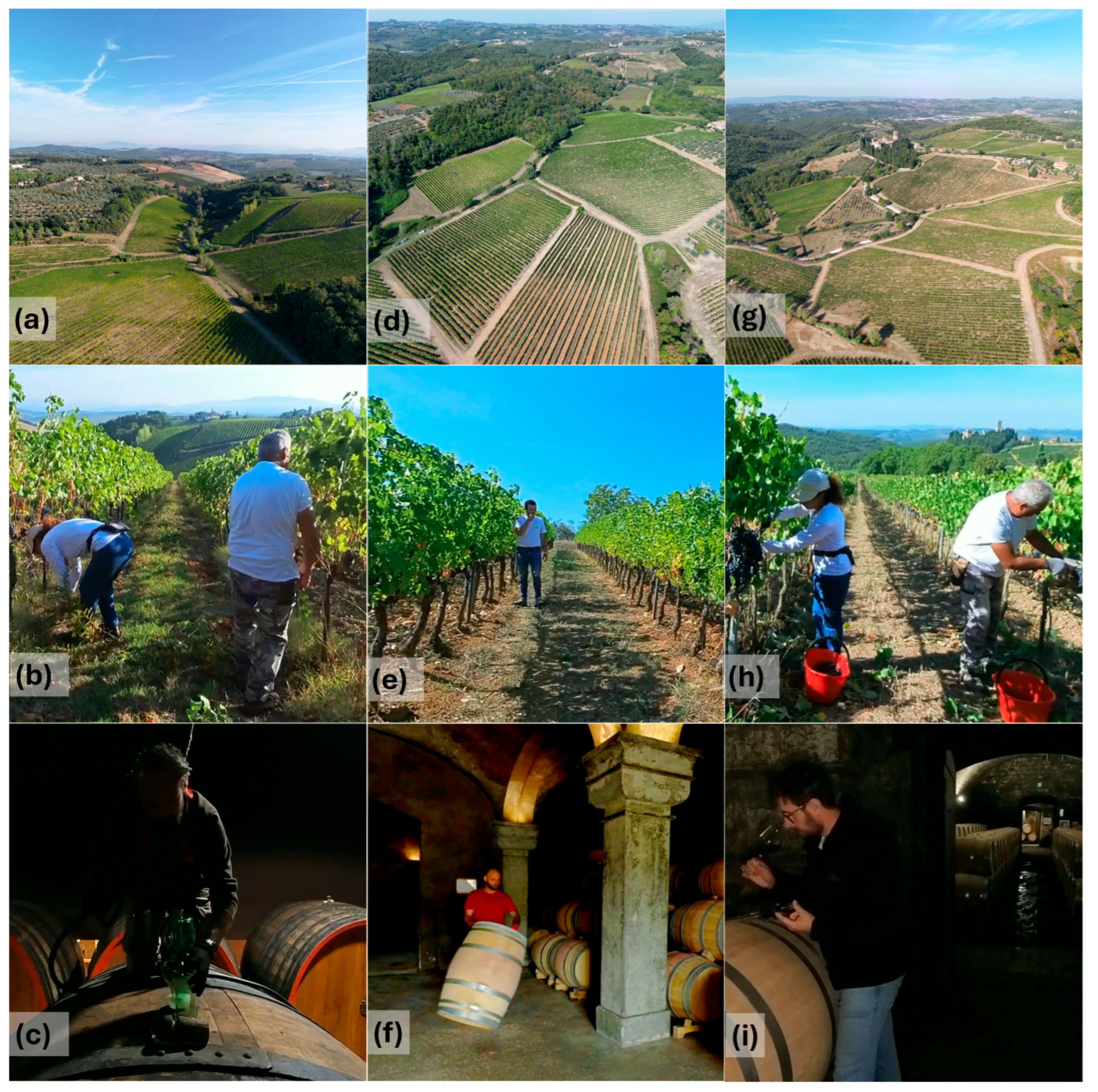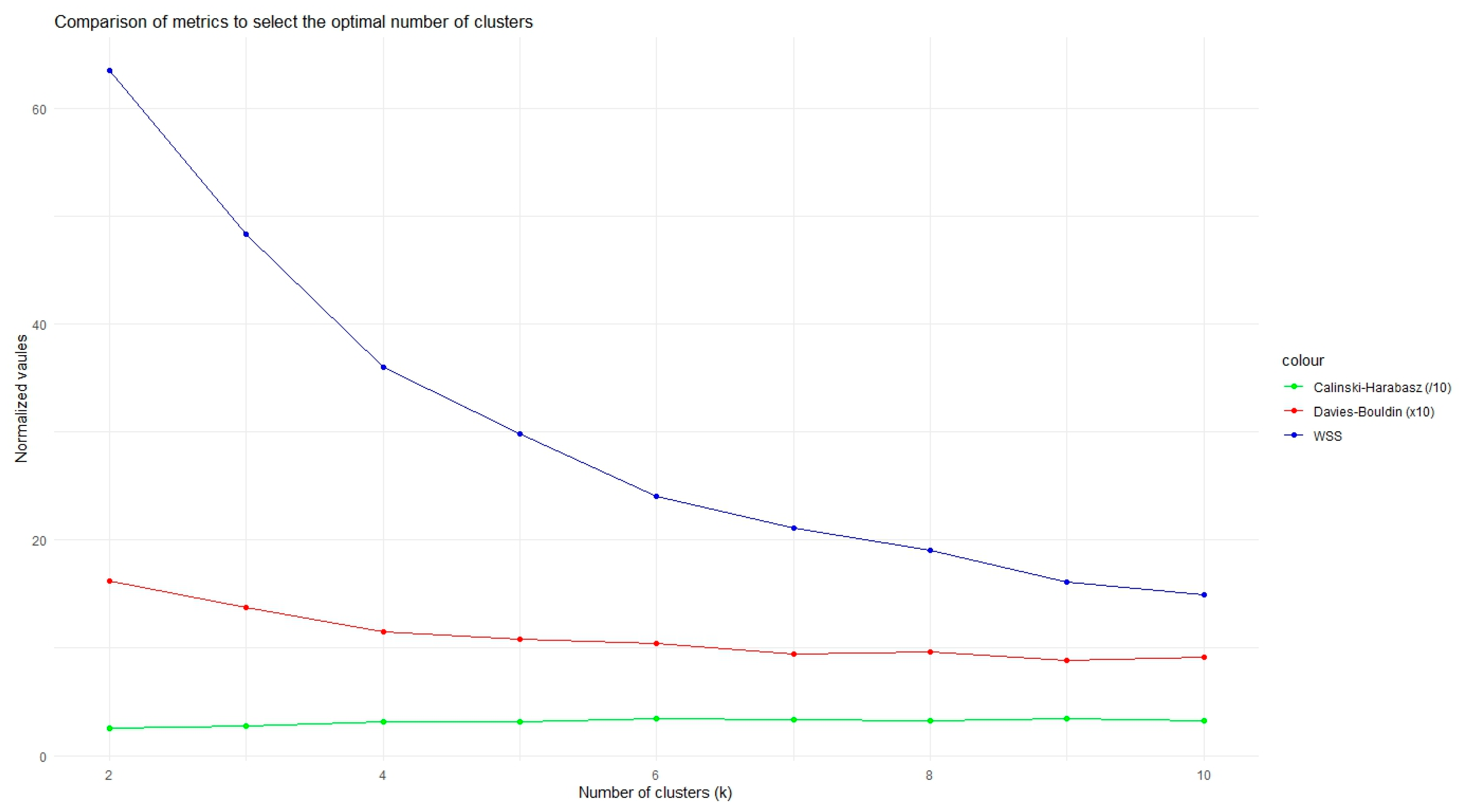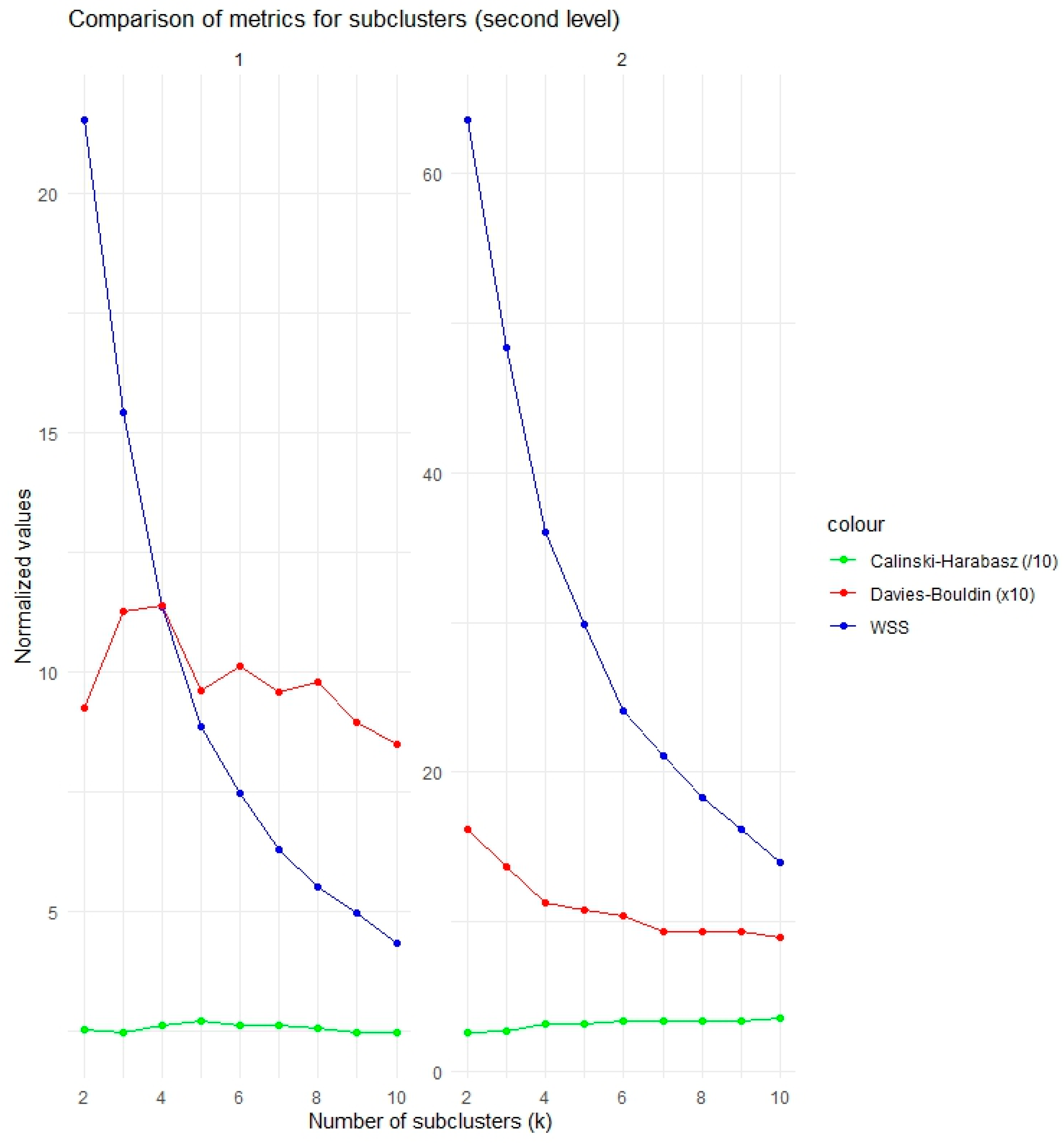1. Introduction
In the contemporary global wine market, which is characterized by rapid evolution, the performance of a premium wine brand is contingent on the competence, adaptability, and cultural intelligence of its sales force. The capacity of sales professionals to articulate the distinctive value proposition of high-end wines, encompassing factors such as terroir influences, production methodologies, heritage, and brand narrative, has emerged as a strategic competitive factor. This is particularly salient in international markets, where cultural variations and consumer expectations can be significantly divergent.
Conventionally, the training of wine sales personnel has been predominantly reliant upon in-person visits to vineyards and cellars, with the objective of facilitating experiential learning and the acquisition of comprehensive product knowledge. Nevertheless, this model poses considerable logistical and financial challenges, particularly for sales teams with a global presence. The advent of the pandemic further exposed the fragility of traditional face-to-face training formats, thereby accelerating the need for scalable, flexible, and immersive learning solutions. This shift has prompted the exploration of virtual reality (VR) as a medium for delivering high-impact training that is location independent, while maintaining the authenticity and emotional resonance of the wine experience.
Recent studies have documented the growing use of VR in consumer-facing applications, such as wine tourism [
1], wine education [
2], and marketing experiences [
3]. However, research on VR’s role in B2B sales training remains scarce. In the broader business-to-business context, however, the application of VR in regard to enhancing knowledge retention, engagement, and relational dynamics has been demonstrated to be promising [
4,
5]. Nevertheless, its application in the premium wine sector, which demands nuanced storytelling and deep cultural understanding, remains unexplored.
The existing literature provides valuable insights into the potential of virtual reality (VR) in regard to consumer education and marketing. However, there is a dearth of literature addressing the unique needs of international business-to-business (B2B) wine sales teams. These teams require not only technical product knowledge, but also the ability to communicate about brand heritage and terroir in culturally adaptive ways. Furthermore, there is a paucity of evidence regarding the combination of iterative development methodologies, such as Scrum, with advanced NLP-based evaluation techniques to systematically optimize VR training applications in this sector.
The objective of this study is to address the identified gap in the literature by examining the design, development, and evaluation of a stakeholder-driven virtual reality (VR) training application, tailored to the needs of the international sales force at Marchesi Antinori, a leading premium wine brand. The specific aims of this research are as follows:
To identify the essential design features and characteristics required for a VR application, developed through iterative and stakeholder-driven processes, to effectively support the training of an international B2B wine sales force;
To develop and apply objective and flexible evaluation methodologies for the systematic assessment of the strengths, limitations, and overall effectiveness of integrating VR applications into the training strategies for premium international wine brands;
To investigate the perceived opportunities, limitations, and practical implications of adopting VR technology for B2B training within the global wine industry, based on in-depth stakeholder feedback and advanced analytical techniques.
The following sections in this paper present a comprehensive analysis of VR as an innovative solution, including its strengths, limitations, and practical implications for the wine industry. The present study employs a collaborative, iterative development process, guided by stakeholder engagement, to ensure the resulting VR solution effectively meets the specialized needs of international B2B wine sales training.
3. Materials and Methods
Building on the insights from the literature, this section presents the methodological approach adopted in this study, with particular attention paid to the case study design and the iterative development process, based on the Scrum framework. Additionally, it describes the qualitative evaluation methodology, which employed structured focus groups to systematically capture stakeholder feedback on the design and effectiveness of the VR training application.
3.1. Case Study Overview
This paper presents a study on a virtual reality (VR) application that was specifically developed for Marchesi Antinori, an internationally renowned Italian fine wine producer, with a history spanning over six centuries and 27 generations of uninterrupted family ownership.
This study focused specifically on three historical Antinori estates, located in Tuscany: Tignanello (165 hectares), Badia a Passignano (65 hectares), and Pèppoli (140 hectares). These estates highlight both historical and modern architectures, from the 10th century cellar at Badia di Passignano and the historic Tenuta Tignanello estate, to the innovative contemporary winery “Antinori nel Chianti Classico.” Each of these distinctive “wine locations,” although geographically close, offers unique terroirs that enhance specific nuances, resulting in wines with pronounced character and exceptional recognizability. Key wines produced from these estates include: Badia a Passignano Chianti Classico D.O.C.G. Gran Selezione, Marchese Antinori Chianti Classico D.O.C.G. Riserva, and Pèppoli Chianti Classico D.O.C.G.
The three estates selected for this study were chosen in consultation with Marchesi Antinori’s marketing and communication teams, because they collectively represent the historical depth, cultural heritage, and narrative identity of the Antinori brand. All three estates are deeply rooted in the Chianti Classico region and embody distinct aspects of Antinori’s long-standing relationship with Tuscan viticulture.
The Tignanello Estate is a landmark of modern Italian wine history, whereby innovations in vineyard management and winemaking have led to the creation of the iconic “Super Tuscan” wines, marking a turning point in the global perception of Italian fine wines.
The Badia a Passignano Estate centers around a Benedictine monastery with origins in the 10th century, highlighting the profound historical and cultural connections between monastic tradition and viticulture in Tuscany.
The Pèppoli Estate, documented as far back as the 14th century when it was managed by local monastic communities, reflects centuries of continuous agricultural tradition and, today, serves as a vital expression of the Chianti Classico terroir.
By selecting these historically significant estates, the project ensured that the VR training application would authentically convey the brand’s narrative of continuity, heritage, and excellence across different expressions of the Chianti Classico region.
3.2. The Scrum Framework
3.2.1. The Methodology
This research applied the Scrum framework (
Figure 1), a widely recognized agile project management methodology, characterized by iterative processes, its adaptability to evolving requirements, and its ability to facilitate intensive stakeholder collaboration [
17,
18]. Scrum promotes adaptive planning, evolutionary development, early and incremental delivery, and continuous improvement, making it particularly effective for technology-driven projects that benefit from frequent feedback, flexibility, and swift responsiveness to change [
19].
Scrum was deliberately selected for the development of the virtual reality application analyzed in this study due to its inherent flexibility, iterative nature, and structured feedback mechanisms, making it particularly effective for innovative and user-centered software solutions [
18]. Alternative approaches, such as Waterfall, Kanban, or Spiral, present certain limitations when applied to complex interactive applications that require continuous user involvement. The Waterfall model, characterized by sequential phases and predetermined requirements, typically restricts its adaptability and responsiveness to evolving stakeholder feedback [
20,
21]. Conversely, Scrum enables continuous refinement through iterative cycles and regular Sprint Reviews, ensuring that the user’s needs are progressively clarified and fulfilled [
19,
22]. Compared to Kanban, which primarily emphasizes continuous workflow optimization without formalized iteration cycles, Scrum’s timeboxed iterations (sprints) ensure the systematic, incremental delivery of functional prototypes, aligned with user expectations and clearly articulated through user stories [
23,
24]. Furthermore, the explicit focus of Scrum on maintaining a shared vision between stakeholders throughout the development process enhances strategic alignment, fosters clear communication, and supports consistent goal-oriented decisions [
25]. Therefore, adopting Scrum facilitated structured collaboration among the Product Owner, Scrum Master, and the development team, while systematically incorporating continuous stakeholder feedback, resulting in a robust, contextually relevant VR application, tailored for training the international wine sales force.
Central to Scrum’s effectiveness is the explicit definition of the vision (
Figure 1), a high-level, strategic statement that describes the overall goals, target audience, and anticipated impact of the project. In the context of Scrum, the term Scrum Vision refers to this initial shared product vision, which is collaboratively established between key stakeholders (such as marketing, sales, and communication representatives) and the development team at the start of the project. The vision serves as a cohesive foundation that guides all subsequent activities, decision-making processes, and prioritizations throughout the project lifecycle, ensuring continuous alignment between the evolving product and stakeholder expectations [
26]. By clearly defining the vision, Scrum ensures alignment and shared understanding among all the participants, fostering coherent and goal-oriented product development.
Within the Scrum framework, three clearly defined roles support the realization of the project vision: the Product Owner, the Scrum Master, and the development team [
26]. The Product Owner holds responsibility for managing and clearly communicating the vision, gathering stakeholder requirements, defining priorities, and maintaining an updated and appropriately prioritized Product Backlog. The Scrum Master acts as a facilitator and coach, guiding the team in adhering to Scrum practices, removing impediments, ensuring effective collaboration, and protecting the development team from external disruptions. The development team comprises multidisciplinary professionals, who work collectively and iteratively to produce increments of usable product features aligned with the vision, taking shared accountability for quality and delivery [
27,
28].
A core artifact in the Scrum process is the Product Backlog (
Figure 1), an evolving, prioritized list of functionalities, improvements, bug fixes, and other work items that are essential to achieving the vision. The Product Backlog typically includes hierarchical elements, organized as Epics, users, and user stories. Epics represent broad strategic themes or major components of functionality that articulate high-level requirements [
29]. These Epics are further divided into specific users or personas, which guide the development of detailed, user-centric narratives, known as user stories. User stories are short, precise statements, describing a functionality from the perspective of the end user, which clearly communicate the expected outcomes and acceptance criteria [
19,
29].
The Sprint Backlog is subsequently derived from the Product Backlog during the sprint planning meeting. The selection of prioritized user stories represents the work committed by the development team to be completed within a short, defined development period, or sprint, typically lasting from one to four weeks [
19,
27]. During sprint planning, the Product Owner collaborates closely with the development team to discuss, estimate, and agree upon feasible objectives, aligned with both the immediate priorities and the overarching vision. This activity is followed by the Sprint Design phase, wherein the development team breaks down the selected user stories into specific, actionable tasks, ensuring clarity of purpose, technical feasibility, and efficient resource allocation [
19].
Throughout each sprint, brief, structured coordination meetings, known as Daily Scrums, are conducted to facilitate continuous team synchronization, track the progress made towards the sprint objectives, identify and swiftly address impediments, and make the necessary adjustments to maintain productivity and alignment with the sprint’s goals [
17,
19]. The Daily Scrum, typically limited to 15 min, promotes transparency and accountability within the team.
At the conclusion of each sprint, a Sprint Review session is organized to assess and validate the product increment produced during the sprint. This review session involves the Product Owner, Scrum Master, the development team, and key stakeholders, providing a formal opportunity to gather direct feedback, demonstrate the completed features, and verify that the increment aligns with the project vision and the original requirements [
26,
28]. Insights from the Sprint Review inform continuous improvements, contribute to refining the Product Backlog, and support iterative alignment with stakeholder expectations.
The implementation of Scrum within this research provided a structured, yet flexible, methodological framework. It allowed the team to adapt dynamically to emerging requirements, integrate user feedback efficiently, and remain consistently oriented towards achieving the established vision. Through iterative cycles of planning, execution, review, and continuous learning, the Scrum approach facilitated the successful development of a high-quality, immersive virtual reality training solution.
3.2.2. Development of the Framework for the Wine Sector
The application of Scrum methodology within the wine sector requires adapting its general iterative principles to address the specific educational and communicative demands inherent to this industry. In the context of international B2B sales training for premium wines, this adaptation typically involves several sector-specific phases. Initially, the formulation of the vision considers elements critical to wine sales, such as conveying detailed terroir characteristics, brand heritage, vineyard management practices, and cellar operations. Subsequently, the construction of the Product Backlog includes structuring the training priorities into Epics and user stories, reflecting common scenarios encountered by sales professionals, such as vineyard visits, cellar processes, or tasting experiences.
The selection and integration of immersive multimedia content, such as aerial and ground-level 360° footage, interactive vineyard maps, and cellar simulations, is tailored to replicate experiential dimensions that are central to wine storytelling. Finally, we define iterative development cycles (sprints) to accommodate regular feedback from industry stakeholders, including sales and marketing experts, ensuring continuous refinement of the training content for diverse international market contexts. This approach provides a structured, yet flexible, methodological foundation for developing specialized training solutions in the wine sector, integrating key narrative, experiential, and technical elements that are essential for effectively communicating premium wine attributes to international buyers.
3.3. App Evaluation
3.3.1. Focus Group Methodology
To effectively assess the usability and impact of the VR application developed for training an international sales force in the wine industry, the focus group method was selected for its ability to capture detailed, context-specific insights that standardized usability questionnaires might overlook. While traditional usability questionnaires provide structured and quantifiable measures of user satisfaction, efficiency, and ease-of-use [
30,
31], they often fail to fully reflect deeper user perceptions regarding emotional engagement, cultural acceptance, and immersive experience, elements particularly critical in VR-based training [
32]. Additionally, given the small size of international sales teams in the wine sector, it is challenging to obtain statistically significant results through conventional questionnaires, unless they are reduced to a very small set of items, which limits the depth of the insights gained.
In contrast, the interactive and conversational nature of focus groups enables participants from a variety of professional backgrounds, such as marketing, communications, and international sales, to articulate their nuanced experiences and perceptions of brand storytelling, heritage communication, and the authenticity of the wine experience within a VR context [
33,
34]. Moreover, in international markets, where cultural nuances and differing attitudes toward technological innovation can shape user acceptance, focus groups provide valuable insights into factors that may influence the adoption and practical use of a VR application [
35]. For these reasons, focus groups were deemed the most suitable approach for thoroughly evaluating the VR training tool and generating actionable insights for future refinement.
The focus group was conducted in accordance with established qualitative research guidelines to ensure methodological rigor and data reliability. A trained moderator facilitated the group, using a structured, yet flexible, discussion guide, containing open-ended questions, designed to stimulate interactive dialogue and elicit the participants’ views on the usability, effectiveness, and overall impact of the VR application [
33,
35]. Six company representatives were purposefully selected to provide diverse and relevant perspectives. The group included four men and two women, all of whom held university degrees in marketing, management, or business organization and had extensive professional experience in their respective fields. Two members came from each of the marketing, communications, and international sales departments to ensure a balanced perspective on the application’s use in regard to international B2B sales training. To minimize potential bias, none of the participants were part of the Scrum development team. Informed consent was obtained from all the participants, in accordance with the project’s privacy policy regarding data confidentiality [
34]. The session was held in a neutral, comfortable setting to foster open and candid interaction [
33], and was recorded and transcribed verbatim to support systematic qualitative analysis. The resulting data were analyzed to identify key themes, patterns, and consensus points regarding the user experience, opportunities, and limitations of the VR application.
3.3.2. Identifying Focus Group Themes Using NLP Embeddings and UMAP Clustering
The qualitative data analysis conducted in this study followed a structured workflow, combining advanced natural language processing (NLP) techniques with hierarchical clustering. Initially, transcripts from the focus groups were meticulously segmented into discrete, sentence-level units to ensure granular semantic representation. Each sentence was then converted into semantic vectors (embeddings), using OpenAI’s text-embedding model (text-embedding-ada-002; OpenAI, San Francisco, CA, USA). Given the high-dimensional nature of these embeddings, dimensionality reduction was performed using Uniform Manifold Approximation and Projection (UMAP) to generate a lower dimensional, yet semantically meaningful, representation of the textual data. Subsequently, clustering analysis was conducted using k-means, a method chosen for its effectiveness in identifying naturally occurring groups within data. To ensure rigor and replicability, a comprehensive validation approach involving multiple clustering metrics, the Within-Cluster Sum of Squares (WSS), the Davies–Bouldin Index (DBI), the Calinski–Harabasz Index (CHI), and silhouette scores, was applied. This multi-metric evaluation guided the selection of the optimal number of clusters, enhancing both the analytical transparency and interpretability of the results. The overall analytical pipeline enabled the systematic identification and nuanced interpretation of thematic insights from stakeholder feedback, which in turn informed the iterative refinement of the VR application. Further technical details on the analytical procedures and parameters used are provided in
Appendix A.
3.3.3. Software and Hardware
The virtual reality application presented in this study was developed using the Unity 3D engine (version 2022), an advanced cross-platform real-time development framework, widely employed for immersive simulations and interactive experiences. To implement multi-user interactivity, the Photon Fusion networking asset was integrated into Unity, enabling real-time synchronization and collaboration among geographically dispersed participants. Avatar management and locomotion systems were specifically designed and optimized for the Meta Quest VR headset, leveraging its built-in SDK for smooth navigation and realistic user interactions within the virtual environment. The Fusion, Meta Avatar, and Meta Interaction SDKs were integrated using the Multiplayer Meta Avatars VR Template asset.
The immersive multimedia content utilized in the application was captured using advanced panoramic cameras. Ground-based 360-degree filming was performed using Insta360 RS2 and Insta360 Pro 2 cameras (Insta360, Shenzhen, Guangdong, China), which provide high-resolution spherical imagery and seamless stitching capabilities. Aerial 360-degree footage was acquired through the use of a DJI Mavic 3 Pro drone (DJI, Shenzhen, Guangdong, China), offering high-quality stabilized imagery from aerial perspectives, critical for representing expansive vineyard landscapes and facility overviews.
For the subsequent analysis of the qualitative data derived from the user evaluation process, the R programming environment (CRAN-R) was employed. The analytical pipeline included a combination of specialized statistical and machine learning libraries: umap was utilized for dimensionality reduction, while clustering validation and assessment were performed using FactoMineR, factoextra, clusterSim (for the Davies–Bouldin Index), and fpc (for the Calinski–Harabasz Index). Additionally, the R libraries, jsonlite (v2.0) and httr (v1.4.7), were integrated into the pipeline to manage API interactions, particularly for interfacing with OpenAI’s ChatGPT APIs to obtain advanced textual embeddings, critical for semantic analysis and clustering.
This carefully selected combination of software platforms, imaging hardware, and analytical tools ensured both high-quality immersive experiences and robust, scientifically validated qualitative analyses.
3.4. Data Sources
All the data and materials used in this case study were either provided directly by Marchesi Antinori or collected on site, in close collaboration with the company’s personnel. The technical information on vineyard characteristics, cellar processes, and product specifications were specifically supplied by Antinori’s agronomic and oenological teams. The visual and multimedia content, including 360° aerial and ground-level footage, was acquired during filming sessions held at the company’s estates. These sessions were supported logistically and guided by estate managers and technical staff. Furthermore, the stakeholder feedback analyzed in this study was gathered through structured focus groups involving Antinori employees from the marketing, communication, and international sales departments. The collaborative nature of the project ensured that all the data reflect authentic, context-specific knowledge, directly sourced from within the company.
5. Discussion
This section discusses the main findings from the study in relation to the existing literature, addressing both the theoretical and practical implications. The discussion is structured to position the results within the broader body of research on the use of VR applications in regard to professional training and the wine industry, to reflect on the achievements in terms of the research objectives, and to consider the study’s limitations and directions for future research.
In particular, the first part of the discussion examines how the present findings align with, extend, or add nuance to existing contributions regarding the use of VR in regard to B2B sales training, wine education, and customer experience management. This is followed by a detailed reflection on how each of the study’s research objectives has been addressed, focusing on the design principles, methodological contributions, and stakeholder insights emerging from the iterative development and evaluation process.
Subsequently, the discussion identifies key limitations of the study and proposes future research avenues to enhance the robustness, generalizability, and practical relevance of VR-based training solutions in regard to the international wine industry and beyond. Finally, the chapter outlines several practical implications for industry stakeholders, providing actionable guidance for the effective adoption and strategic integration of immersive technologies in B2B sales training programs.
5.1. Positioning the Findings Within the Literature
The findings from this study align with and extend several strands within the existing literature on VR applications in regard to both sales training and the wine industry. In line with the study by Baceviciute et al. [
12], our results confirm that VR-based training enhances knowledge retention, engagement, and self-efficacy in professional learning contexts. Moreover, consistent with the studies by Wieland et al. [
5] and Klico [
13], this study reinforces the role of immersive technologies in improving B2B customer experiences and supporting sales force development.
At the same time, this research advances prior work by addressing a notable gap in the literature: while existing studies on VR in regard to wine education have largely focused on consumer-facing applications, such as wine tourism (Sousa et al. [
1]; Wen and Leung [
3]) and sensory learning (Torrico et al. [
6]; Moonen et al. [
2]), few have examined the specific needs of B2B international sales teams in the premium wine sector. By developing a stakeholder-driven, narrative-centered training application, this study provides empirical insights into how VR can be used to communicate terroir, brand heritage, and technical expertise in B2B contexts, complementing the trends identified by Mattiacci and Bruni [
8] regarding the evolving demands in regard to sales capabilities in the wine industry.
Furthermore, the stakeholder feedback regarding market-specific differences in VR acceptance echoes prior findings on the cultural and contextual variability of technology adoption in wine marketing (Deng et al. [
16]). The emphasis on complementarity between VR and traditional experiential methods also resonates with Beverland’s [
10] relational perspective on wine sales, underscoring the importance of maintaining authenticity and emotional resonance in regard to customer relationships.
In this way, the present study not only corroborates, but also adds nuance and extends the existing literature, offering a more comprehensive understanding of how VR can be strategically integrated into premium wine B2B sales training.
5.2. Research Objectives
Regarding the first research objective, the results highlight how the iterative, stakeholder-driven approach effectively identified and refined key design features, essential for a virtual reality (VR) application specifically aimed at training the international B2B sales force of a global wine brand. The systematic application of the Scrum framework, encompassing vision formulation, Product Backlog development, sprint planning, iterative sprint execution, and regular stakeholder reviews enabled continuous alignment of the technical development with the specific training needs of sales representatives engaged in global markets.
The core training needs of the sales force were explicitly articulated by the stakeholders, including marketing experts, communication specialists, and international sales personnel, from the initial phase of vision formulation and Product Backlog definition. This collaborative approach identified the necessity of communicating complex terroir, historical heritage, and product differentiation information clearly and engagingly. The essential features identified included structured immersive storytelling, interactive digital maps that highlighted geographical and pedological characteristics, and realistic depictions of viticultural and cellar processes. By grounding the development in these targeted educational objectives, the resulting VR application directly addresses critical knowledge gaps commonly experienced by B2B sales representatives operating in diverse international contexts. During the subsequent phases of sprint planning and sprint execution, iterative development allowed the team to incrementally implement and refine these core features based on continuous stakeholder feedback. For example, detailed sprint planning sessions facilitated prioritization of specific training scenarios, such as vineyard management activities, cellar operations, and interactive 3D visualizations of the estates. Regular stakeholder interactions during these sprints ensured that the VR scenarios remained educationally relevant and directly applicable to the practical tasks required of the sales representatives in regard to their market interactions. Incremental development provided stakeholders with frequent opportunities to validate the realism, interactivity, and accuracy of the content, all of which are essential for effective training outcomes.
A distinctive outcome of the iterative Scrum process was the structured, consequential storytelling within the VR application, effectively communicating brand values, tradition, and technical information, essential for sales force education. By systematically presenting distinct terroir attributes and the unique features of each estate (Pèppoli, Tignanello, and Badia a Passignano), the VR training tool directly addresses the B2B sales representatives’ need to articulate product differentiation convincingly to international buyers. Regular stakeholder feedback underscored the significance of these structured narratives for improving both the understanding and retention of critical sales arguments in regard to international markets.
Finally, the sprint review and systematic qualitative evaluation through the use of structured focus groups validated the educational effectiveness of the VR solution. The feedback from the sales and marketing stakeholders clearly indicated the potential of the application to significantly enhance the quality and effectiveness of training for international B2B markets. The application was perceived as particularly beneficial for educating distributors, importers, and sales agents, enabling them to more effectively communicate brand heritage, product authenticity, and detailed terroir-driven characteristics to diverse international clientele.
In conclusion, employing the iterative Scrum methodology allowed the development team to identify, prioritize, and continuously refine essential VR application features, explicitly targeted toward enhancing B2B sales force education. This approach not only facilitated the effective transfer of complex educational content, but also enhanced sales representatives’ ability to clearly articulate brand identity and differentiate product offerings in regard to the competitive international wine market.
The second research objective was to systematically analyze stakeholders’ perceptions of the strengths, limitations, and potential alternatives to using VR for international B2B training in the wine industry. The results obtained from the structured qualitative evaluation, conducted through the use of focus groups involving marketing, communications, and international sales representatives, and analyzed using NLP embedding vectors and recursive clustering, provided detailed insights into these dimensions. The first primary thematic cluster revealed significant acknowledgment of VR’s strengths and opportunities within the wine industry, especially for its capacity to deliver compelling, interactive, and highly informative training experiences. The stakeholders underlined VR’s unique potential to communicate complex, technical content, such as geological, pedological, climatic, and viticultural characteristics of the terroir, more effectively than traditional static presentations. The interactive and immersive features were particularly valued in the context of distributor, importer, and sales force training, wherein engagement with and retention of detailed technical knowledge are critical. Moreover, the stakeholders pointed out that VR offers clear advantages in regard to providing consistent, accurate educational content globally, which is crucial for the delivery of standardized training across international markets.
Conversely, the analysis of the second thematic cluster clearly identified key perceived limitations and boundaries in regard to the widespread adoption of VR across various contexts. Stakeholders consistently stressed the inherent limitations of virtual experiences compared to authentic vineyard or cellar visits. The physical discomfort of prolonged headset use, potential cognitive fatigue, and the possible emotional disconnection from traditional wine experiences were recurrently identified. Additionally, stakeholders emphasized significant market-dependent variability, highlighting that consumer acceptance and business perceptions of VR vary notably across global markets. European audiences were described as more conservative, raising concerns about authenticity and brand integrity when traditional sensory-rich experiences are replaced with technologically mediated experiences.
Importantly, stakeholders proposed and evaluated potential complementary or alternative technologies that may overcome some limitations of fully immersive VR experiences. Notable among these alternatives were augmented reality (AR) solutions, immersive projection rooms (“immersive rooms”), and high-definition multimedia experiences, featuring large screens or advanced audiovisual effects. Such technologies were seen as offering comparable educational effectiveness, potentially reducing discomfort and enhancing the overall acceptance among different user groups.
In summary, the analytical results underscore VR’s potential as a powerful educational tool in international B2B contexts, highlighting its strengths in regard to delivering immersive, interactive, and globally consistent training experiences. Simultaneously, stakeholders clearly outlined practical limitations and market-specific acceptance challenges, emphasizing that successful deployment requires complementary, rather than substitutive, strategies. This nuanced understanding supports the importance of informed strategic choices, balancing innovative technological integration with traditional wine experiences to maximize effectiveness and acceptance in diverse international contexts.
The third research objective examined the effectiveness of the NLP-based analytical methodology applied in this study for systematically identifying and interpreting thematic insights from stakeholder feedback. The study aimed to continuously improve the VR training application. The advanced analytical approach, which combined NLP embeddings generated through OpenAI’s ‘text-embedding-ada-002’ model, dimensionality reduction via UMAP and hierarchical recursive k-means clustering, proved to be highly effective in transforming qualitative data into structured, interpretable themes. The embedding-based NLP methodology demonstrated significant advantages over traditional qualitative analysis approaches (e.g., manual coding or classic topic modelling), notably in capturing the nuanced, contextually rich, and semantically accurate dimensions of the stakeholder perceptions. By translating textual data into semantic vector representations, the method retained critical context and meaning, enabling deeper thematic granularity and more accurate interpretation of complex stakeholder feedback. Furthermore, dimensionality reduction through the use of UMAP facilitated clear visualizations of the semantic groupings, thereby enhancing the interpretability of thematic clusters.
The recursive clustering approach further reinforced the effectiveness of this analytical methodology. Through iterative clustering, the analysis successfully delineated both broad thematic domains and detailed subthemes. For example, the initial clusters clearly separated general attitudes toward VR adoption into supportive and critical dimensions, while subsequent recursive clustering revealed nuanced perceptions, such as specific educational strengths of VR, concerns related to brand authenticity, and market-specific acceptance issues. Such detailed thematic insights would be challenging to identify using conventional qualitative methodologies alone, underscoring the value of the NLP-based approach.
Additionally, the methodology proved valuable for rapidly and systematically integrating stakeholder feedback into actionable insights for iterative product development. By objectively quantifying the semantic patterns in qualitative feedback, the method effectively supported the Scrum-based iterative process, guiding developers to prioritize relevant enhancements and strategically refine the training content based on validated stakeholder perspectives.
Overall, the results confirmed that the NLP-based analytical approach employed in this study provides a powerful, objective, and effective method for systematically extracting thematic insights from stakeholder feedback. Its capability to identify detailed semantic nuances supports data-driven decision making, continuous improvement, and strategic refinement of VR-based training solutions in complex international B2B sales contexts.
5.3. Limits of the Work and Future Research
Despite its contributions, this study has several limitations that should be considered when interpreting its findings. Firstly, the selection of Marchesi Antinori as a case study, characterized by its substantial size, rich history, and emphasis on tradition, may restrict the applicability of the results to the wider wine industry. Antinori’s strong reliance on tradition and authenticity uniquely positions it among large-scale, heritage-driven wine enterprises. Consequently, the stakeholder skepticism identified towards VR adoption for direct consumer interactions (B2C) may reflect organizational and cultural contexts rather than universally applicable perceptions. Indeed, the prior literature provides evidence that immersive VR experiences can be positively received by consumers in various wine tourism contexts, especially when enhanced by elements of social presence and environmental realism [
7].
Secondly, the qualitative evaluation conducted via the focus group only involved internal stakeholders, specifically marketing, communication, and international sales representatives. To achieve broader validity, future research could include a more diverse range of external stakeholders, such as international distributors, importers, sommeliers, and end consumers. This would provide a more comprehensive evaluation and validate the findings beyond organizational boundaries.
Additionally, the study did not include a formal usability evaluation of the VR application, thus limiting the insights on interface intuitiveness, user friendliness, and ease of use. Future research should incorporate structured usability assessments, such as usability testing protocols or standardized usability scales, to ensure the effectiveness and practicality of the training application from the user perspective.
Furthermore, while the NLP-based analytical approach offered significant advantages in regard to systematically extracting thematic insights from stakeholder feedback, the results are dependent on specific computational choices and embedding models. Comparative studies employing alternative embedding techniques, advanced transformer-based models, or supervised analytical methods could further validate and potentially enhance the thematic accuracy and interpretability.
Moreover, due to the brief evaluation period, the long-term impact of the VR training application remains unclear, including sustained user engagement, knowledge retention, and effectiveness in real-world sales contexts. Therefore, future longitudinal research is necessary to provide comprehensive insights into long-term training outcomes and market impacts.
In addition, it is important to acknowledge that the use of a relatively small, internal company sample within the focus group may limit the generalizability of the study’s findings. While the participants were purposefully selected to represent diverse internal perspectives relevant to the VR application’s intended use context, the sample size and internal company focus inherently restrict the breadth of the external validity. Therefore, future research should consider incorporating a broader range of external stakeholders, including distributors, importers, and end users, to enhance the generalizability and robustness of the insights obtained.
Lastly, the stakeholder feedback highlighted interest in exploring complementary technologies, such as augmented reality (AR), immersive projection environments, and high-definition interactive videos. Comparative studies examining these alternative technologies could provide valuable insights into their relative effectiveness, acceptance, and potential integration within international B2B sales training programs.
Addressing these limitations through broader stakeholder engagement, formal usability evaluations, comparative technology analyses, and longitudinal assessments would enhance the robustness and generalizability of future research findings, guiding more effective implementation of immersive training solutions across diverse contexts in the wine industry.
5.4. Practical Implications
This research has several practical implications for practitioners and managers in the wine industry, particularly about the effective implementation of immersive virtual reality (VR) technologies in regard to international B2B sales force training. Firstly, the structured, iterative development process demonstrated here, guided by active stakeholder participation and iterative refinement, represents a practical and effective framework for ensuring alignment between technological innovations and educational objectives. Companies looking to improve their sales force training programs using immersive technologies should adopt similar iterative methodologies, ensuring continual stakeholder involvement and integrating feedback to optimize the relevance and usability of the content, and the overall effectiveness of the training.
Secondly, the detailed findings regarding the strengths and limitations of VR offer concrete guidance on the strategic deployment of immersive technologies. Practitioners should recognize that VR can effectively communicate complex technical information, heritage storytelling, and terroir-specific details, particularly in structured educational contexts for distributors, importers, and sales representatives. However, they should also consider the identified limitations, notably user discomfort and the potential perception of VR as overly technical or impersonal. Accordingly, VR applications should be carefully targeted towards specific educational goals and clearly defined market segments, rather than replacing traditional experiential practices wholesale.
Furthermore, this study highlights the importance of tailoring immersive technological solutions to diverse international markets. Practical insights gained from stakeholder feedback suggest that the acceptance of VR varies across geographic regions, with higher levels of acceptance in markets such as the United States and China, and more conservative attitudes in Europe. Managers should, therefore, strategically adapt immersive solutions and content delivery to the cultural preferences, acceptance levels, and specific expectations of their target markets.
As this study is based on a single-case analysis centered on Marchesi Antinori, a highly resourced, heritage-driven, premium wine producer, certain findings may reflect characteristics specific to large-scale, internationally recognised wineries, with strong brand narratives and substantial investment capacity. The emphasis on immersive storytelling, the integration of historical and terroir-based content, and stakeholder-driven iterative development may be particularly applicable to producers operating in the premium or super-premium segments of the wine market.
However, smaller producers or those in different geographic markets may face practical constraints when adopting similar VR-based training solutions, such as limited resources for content production or reduced access to technical expertise. Nevertheless, many of the design principles identified in this study, such as the importance of narrative coherence, stakeholder engagement, and brand identity alignment, could be adapted for more modest contexts or different cultural markets. This could be achieved through lighter weight immersive formats, such as augmented reality or 360° video, or collaborative industry initiatives.
Future research could explore how such adaptations might be implemented in smaller scale wineries or emerging wine regions, thereby extending the applicability of the present findings.
Finally, the analytical approach demonstrated here, which is based on NLP embedding techniques, provides practitioners with a robust, objective method to systematically analyze qualitative feedback from stakeholders. Companies seeking continuous improvement and data-driven decision making in regard to product development and training programs could adopt similar NLP-based analytical methods. These approaches allow organizations to quickly and objectively identify user insights, strengths, limitations, and areas for improvement, thus improving the organization’s responsiveness and strategic decision making.
Beyond the specific context of the wine industry, the findings from this study also offer insights that are relevant to the broader landscape of digital transformation in luxury and heritage-based sectors. Industries such as haute couture, fine art, jewelry, and high-end hospitality face similar challenges in balancing technological innovation with the preservation of brand authenticity, craftsmanship, and cultural narratives. In these domains, immersive technologies, such as VR and AR, are increasingly being explored as tools for enhancing the customer experience, supporting storytelling, and enabling new forms of engagement, while maintaining the emotional and symbolic value of heritage products [
36]. The present study reinforces the importance of adopting iterative, stakeholder-driven approaches to ensure that immersive solutions are culturally aligned and perceived as authentic, a principle that can inform digital innovation strategies across other sectors, where brand heritage and emotional resonance are key drivers of customer value.
